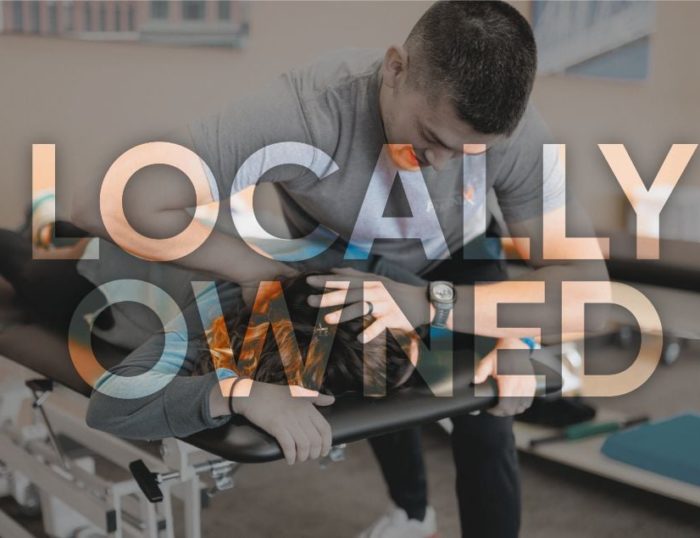Rehabilitating from back pain or injury can vary significantly in duration, influenced by the nature and severity of the condition, the individual’s overall health, adherence to the rehabilitation program, and the presence of any complicating factors.
Here’s a general overview of what to expect in terms of the timeline for back rehabilitation…
Acute Back Pain
- Duration – For many cases of acute back pain (pain that comes on suddenly and typically lasts from a few days to a few weeks), significant improvement is often seen within the first few weeks of conservative treatment, such as physical therapy, medication, or rest.
- Recovery Process – The initial focus is on pain management and reducing inflammation, followed by gradually increasing activity and exercises to restore mobility and strengthen back muscles.
Chronic Back Pain or Serious Injuries
- Duration – Chronic back pain (pain lasting more than 12 weeks) or serious injuries, such as herniated discs or spinal stenosis, may require a longer rehabilitation period. Recovery could take several months, and in some cases, ongoing management strategies are necessary to maintain back health.
- Recovery Process – Rehabilitation for chronic conditions or serious injuries often involves a multidisciplinary approach, including physical therapy, possible medical interventions, and lifestyle modifications. The focus is on long-term management of symptoms and the prevention of future episodes.
Factors Influencing Rehabilitation Duration
- The severity of the Condition – More severe or complex back issues generally take longer to rehabilitate.
- Patient Compliance – Adherence to prescribed rehabilitation exercises and recommendations significantly impacts recovery speed.
- Lifestyle Factors – Activities and lifestyle choices that contribute to back pain need to be addressed for effective rehabilitation. This includes ergonomic adjustments, weight management, and quitting smoking, if applicable.
- Overall Health – Pre-existing health conditions, such as obesity or diabetes, can slow the recovery process.
Rehabilitation Phases
- Acute Phase – Focus on pain relief using rest, cold or heat therapy, and medication.
- Recovery Phase – Gradually reintroduce movement and begin targeted exercises to improve flexibility, strength, and endurance.
- Maintenance Phase – Implement lifestyle changes and ongoing exercises to maintain back health and prevent re-injury.
Maximizing Recovery
- Regular Exercise – Engage in exercises specifically designed to strengthen the back and core muscles, improve flexibility, and enhance posture.
- Ergonomic Adjustments – Modify work and living environments to support proper posture and reduce strain on the back.
- Mind-Body Techniques – Incorporate stress-reduction practices such as yoga, mindfulness, or meditation to help manage the psychological aspects of chronic pain.
The duration of back rehabilitation can widely vary, but many individuals see improvement within weeks to a few months of consistent treatment. For chronic conditions or more severe injuries, recovery may take longer and require a more comprehensive approach. Commitment to a tailored rehabilitation program and lifestyle adjustments are key to improving back health and preventing future issues. Always consult healthcare professionals for a personalized recovery plan based on your specific situation.




